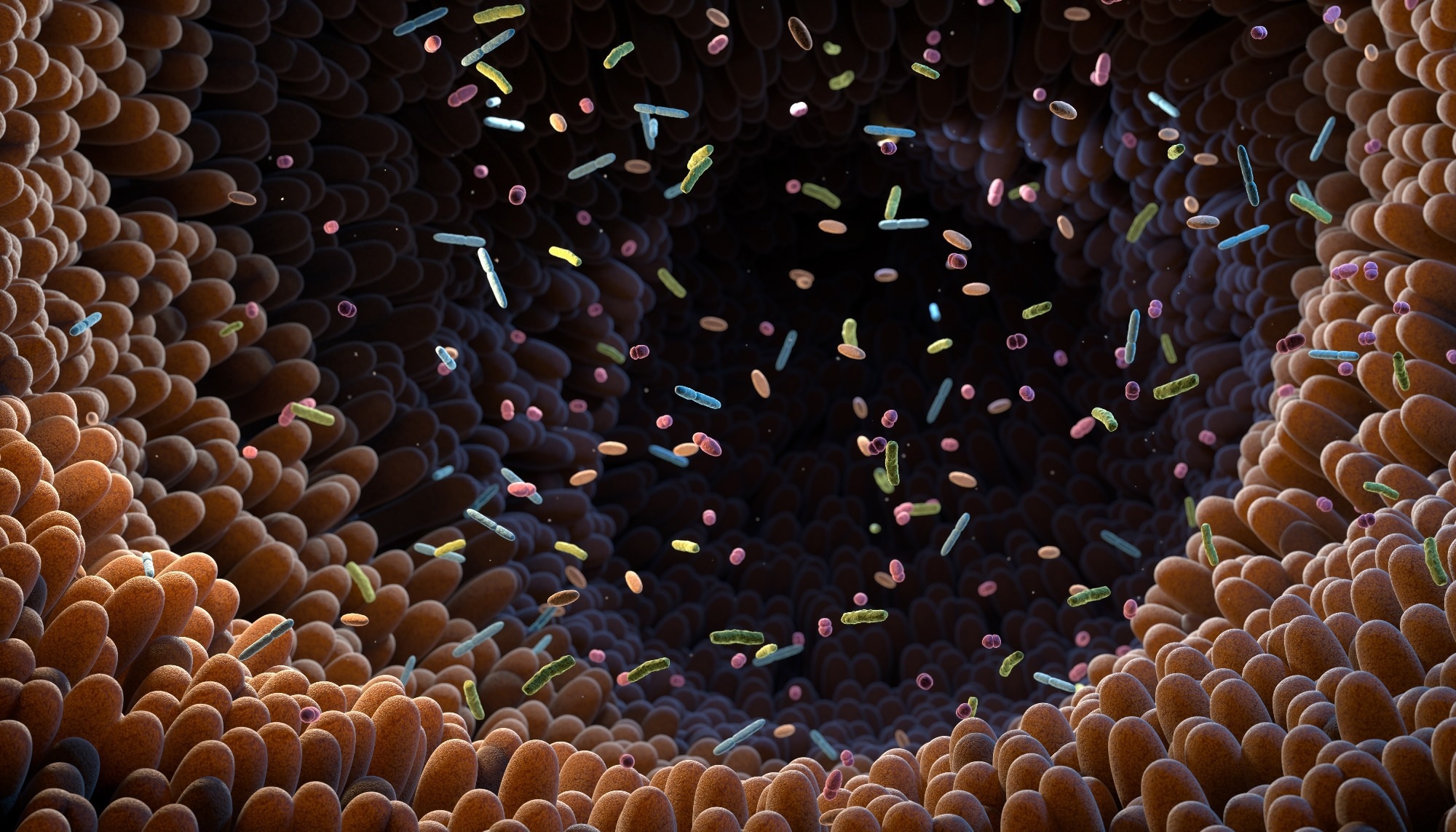A recent study published in Scientific Reports compared infant gut microbiome composition before and during the coronavirus disease 2019 (COVID-19) pandemic.
The COVID-19 pandemic introduced dramatic changes to the environments of children and families, such as school closures, decreased outdoor access and socialization, changes in pollutant exposure and hygiene habits, increased indoor time, and shifts in family functioning.
Moreover, the pandemic might have impacted child physiology, especially gut microbiome development. Understanding how pandemic-related changes in physical and social environments influenced infant gut microbiome is crucial to discern the broader impacts on child development.
About the study
In the present study, researchers compared infant gut microbiomes before and after the start of the COVID-19 pandemic. Neonates born after or at 36 gestational weeks in New York City with no developmental or neurological delays were included. Data were first collected from April 2018 to December 2019, when infants were aged three months.
During this period, caregivers completed surveys on mental health and demographics. Questions included infant sex, ethnicity, race, caregiver education, family income, breastfeeding, and household material hardship. Caregivers collected stool samples from 12-month-old infants from December 2018 to December 2020 and completed another series of surveys.
At this time, they provided information on breastfeeding, infant diet, pet exposure, and antibiotic or probiotic use. Besides, caregivers completed the state/trait anxiety inventory (STAI), perceived stress scale (PSS), and the Edinburgh postnatal depression scale (EPDS) when infants were three-months-old, and patient health questionnaire 9 (PHQ-9) and PSS when they aged 12 months.
The team performed 16s rRNA sequencing and generated alpha diversity estimates, focusing on the Shannon and Chao1 indices. Chi-squared and t-tests were used to compare the environmental and demographic characteristics of the pre-pandemic and pandemic groups. Measures with significant differences were used in subsequent analyses.
Multiple linear regressions and t-tests were performed to determine group differences in alpha diversity. Beta diversity was estimated; phylogeny-based weighted and unweighted UniFrac distances were computed. Permutational multivariate analysis of variance was used to test group differences in beta diversity, and the homogeneity of dispersion was also measured.
Findings
Fifty-four infants and their caregivers were included. Thirty-four and 20 caregivers provided infant stool samples before and during the pandemic, respectively.
There were no significant differences in socioeconomic status, lifestyle factors, racial demographics, material hardship, and mental health of caregivers between pre-pandemic and pandemic groups. However, the average daily fat intake increased significantly after the pandemic.
As such, the team evaluated correlations between the average daily fat intake and gut microbiota alpha diversity measures. A negative association was observed between the average daily fat intake and Chao1 diversity. Shannon diversity was not significantly different between pre-pandemic and pandemic samples. Contrastingly, pandemic samples had lower Chao1 diversity than pre-pandemic samples.
Additionally, there were no associations between the sampling date (since the pandemic) and Chao1 diversity or Shannon index in the pandemic group. The pandemic samples were less dispersed than pre-pandemic samples using the weighted UniFrac distance. The homogeneity of dispersion was violated using the weighted UniFrac distance but not the unweighted UniFrac distance.
As such, beta diversity was tested using the unweighted UniFrac distance. The researchers noted significant differences in gut microbial richness between pandemic and pre-pandemic samples. Further, the relative abundance of taxa from the Pasteurellaceae family and Haemophilus genus was lower in infants during the pandemic than before.
Moreover, the team observed a negative association between the abundance of taxa from Bifidobacteriaceae and the days since the pandemic began. Finally, a sensitivity analysis was performed, excluding infants recently exposed to antibiotics. This revealed a significantly lower Chao1 diversity in pandemic samples than in pre-pandemic samples; Shannon diversity was not different.
Conclusions
In summary, the findings reveal a significantly lower alpha diversity of the gut microbiome in infants after the COVID-19 pandemic started, with significantly different microbial richness, compared to pre-pandemic samples. Additionally, pandemic samples had a lower abundance of taxa from the Haemophilus genus and Pasteurellaceae family.
The findings imply that pandemic-related disruptions impacted community-level gut microbiome diversity and abundance of specific taxa in early infant life. Further studies are necessary to investigate whether these gut microbial differences persist over time and their implications on child health-related outcomes.
